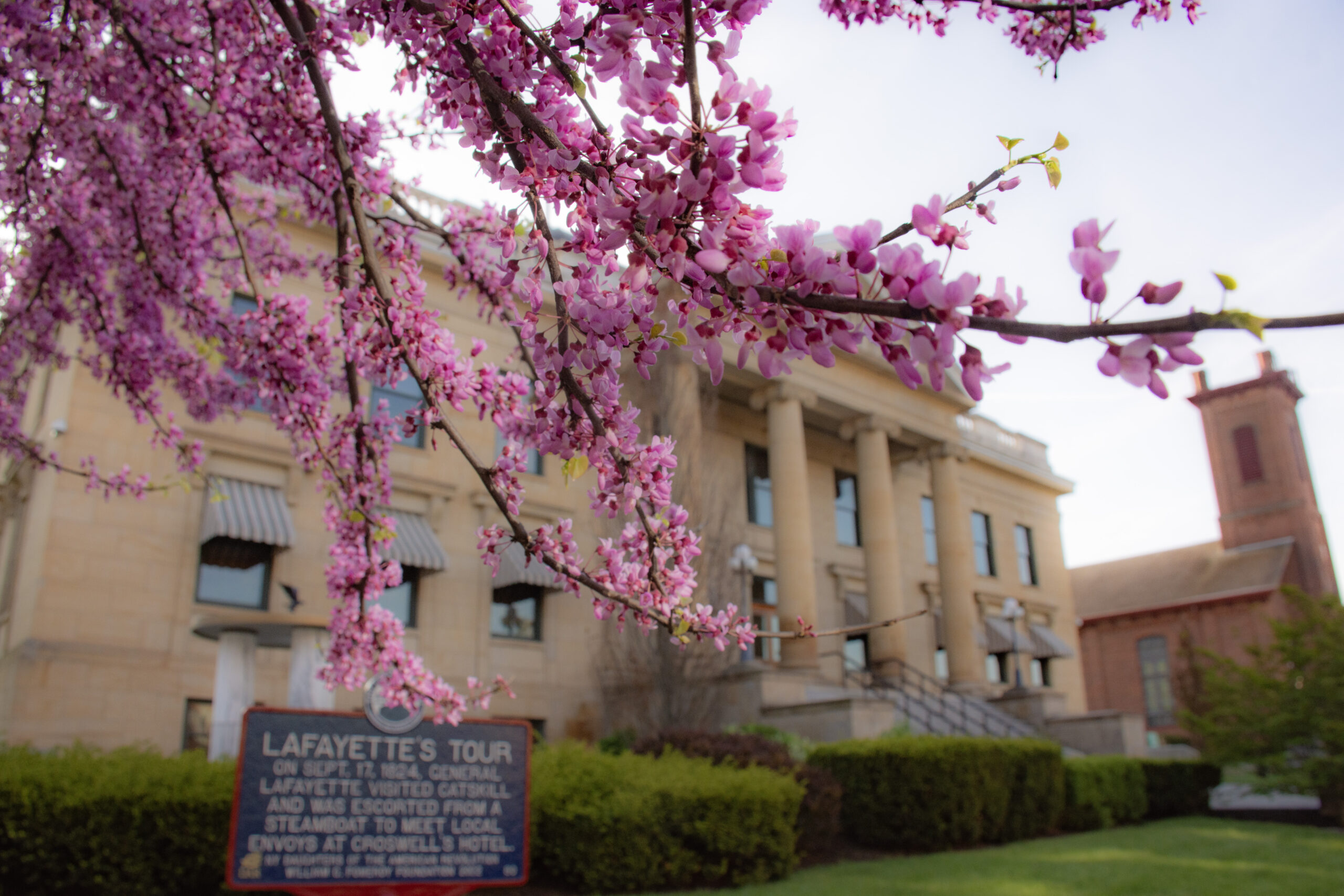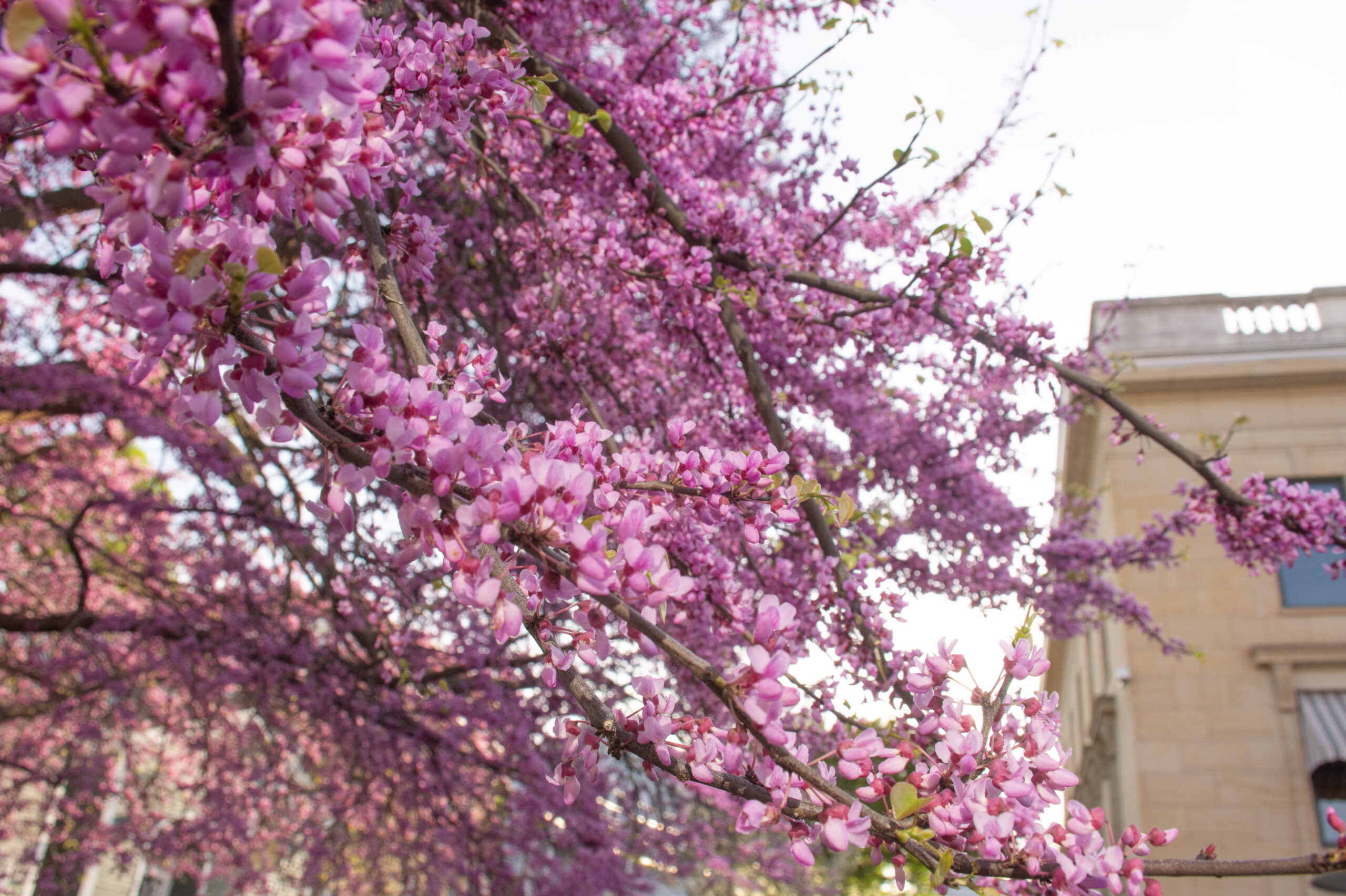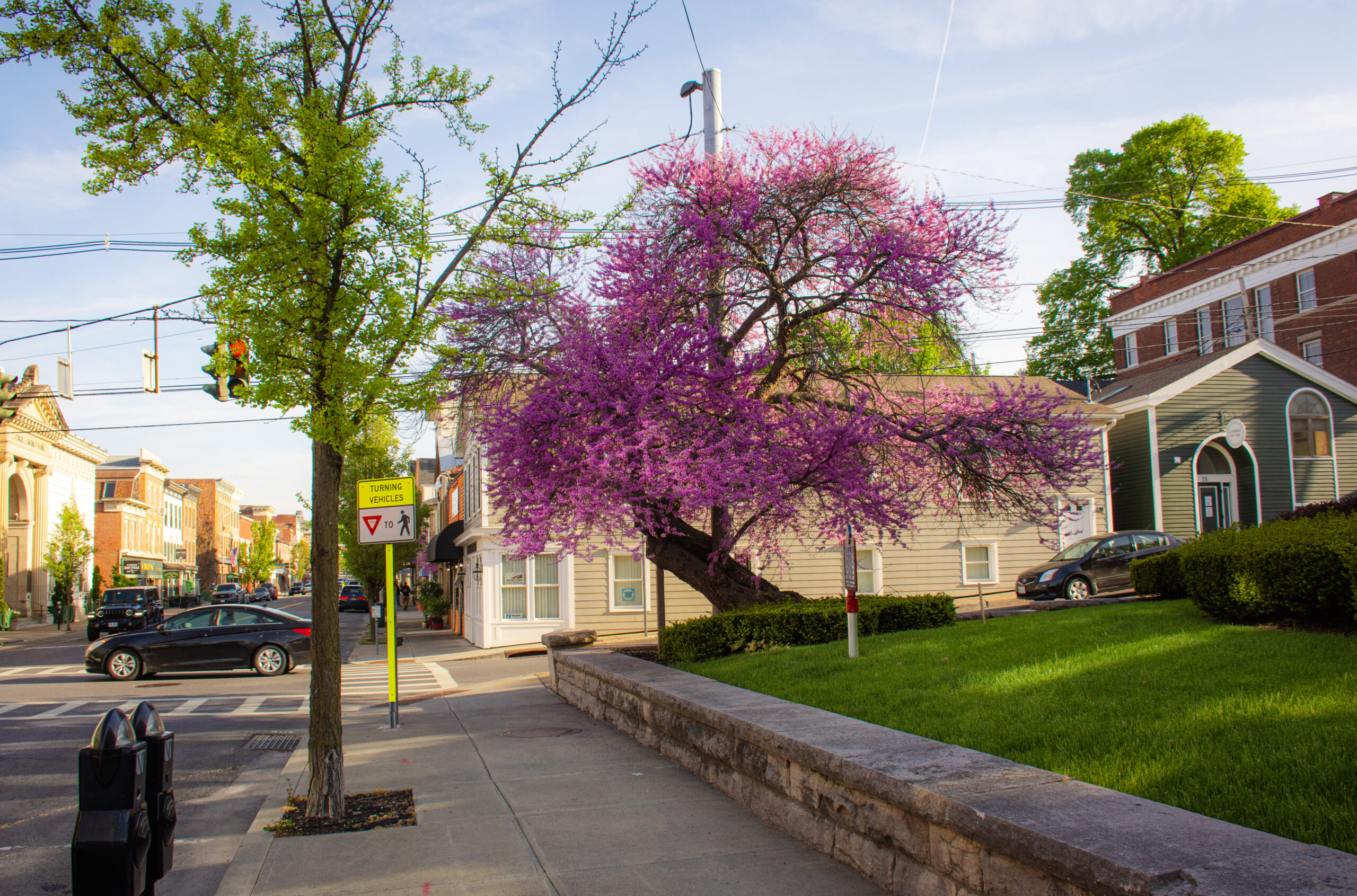Catskill Tree Council
CATSKILL TREE LAWDiscover New York’s tree laws governing property maintenance, zoning, and environmental conservation. Learn about regulations impacting tree removal, planting, and protection, ensuring compliance and sustainable urban forestry practices.




What is a Public Tree?
A public tree refers to any tree that is located on public land, including parks, streets, public squares, and around public buildings like schools and libraries. These trees are managed by local or national government bodies and are meant for the enjoyment and benefit of the entire community. They play a vital role in urban landscapes by providing shade, improving air quality, enhancing aesthetic appeal, and contributing to the overall health of the environment.
To demonstrate, imagine a simple city street layout:
- Buildings represent private or public structures on either side of the street.
- Sidewalks are the pedestrian pathways adjacent to the buildings.
- Trees located 25′ from the center of the street towards the homeowners property are considered public trees. They are planted in this public space, often referred to as the “tree lawn” or “parkway,” which is managed by the city or local government.
These public trees are accessible to everyone, providing shade for pedestrians, improving the air quality, and enhancing the streetscape’s beauty. Their care and maintenance are the responsibility of the public entity, such as the city’s forestry department or a similar agency, ensuring they remain a healthy and vibrant part of the community landscape.
Title 18, Chapter 1, Section 18-129 of the New York City Administrative Code
§ 18-129 Fines for unlawful cutting of trees on department property.
A. It shall be unlawful for any individual, firm, corporation, agent, employee or person under the control of such individual, firm or corporation to cut, remove or in any way destroy or cause to be destroyed, any tree or other form of vegetation on public property under the jurisdiction of the commissioner without acquiring written consent from the commissioner. The foregoing provision shall not apply to department employees who are engaged in the proper and authorized performance of their assigned duties.
B. Any individual, firm, corporation, agent, employee or person under the control of such individual, firm or corporation violating the provisions of subdivision a of this section concerning a tree shall be liable to arrest and upon conviction thereof shall be deemed guilty of a misdemeanor and shall be punished by a fine of not more than fifteen thousand dollars or by imprisonment of not more than one year or by both such fine and imprisonment for each such violation. Such individual, firm, corporation, agent, employee or person under the control of such individual, firm or corporation shall also be liable for a civil penalty of not more than ten thousand dollars for each such violation which may be recovered in a proceeding before the environmental control board. A proceeding to recover any civil penalty authorized pursuant to this section shall be commenced by the service of a notice of violation returnable to the environmental control board. The environmental control board shall have the power to impose the civil penalties prescribed herein. Any individual, firm, corporation, agent, employee or person under the control of such individual, firm or corporation violating the provisions of subdivision a of this section concerning any other form of vegetation shall be liable to arrest and upon conviction thereof shall be deemed guilty of a misdemeanor and shall be punished by a fine of not more than one thousand dollars or by imprisonment of not more than ninety days or by both such fine and imprisonment for each such violation.
C. Any individual, firm, corporation, agent, employee or person under the control of such individual, firm or corporation found to be guilty of violating the provisions of subdivision a of this section or section 10-148 of this code by a court of competent jurisdiction or by the environmental control board shall be denied the opportunity to obtain written consent from the commissioner or from an agency having control of public property to cut, remove or in any way destroy or cause to be destroyed, any tree or other form of vegetation on public property under the jurisdiction of the commissioner, or such agency, for a maximum of two years from the date of conviction, or from the date the civil penalty was imposed.
